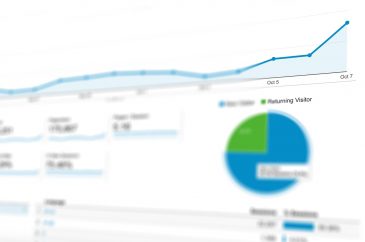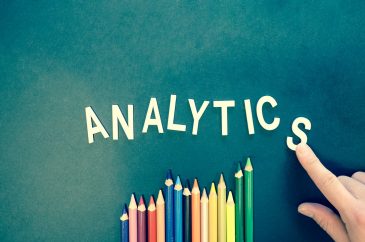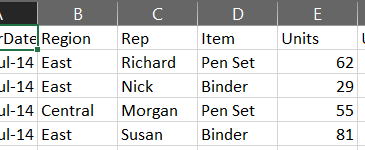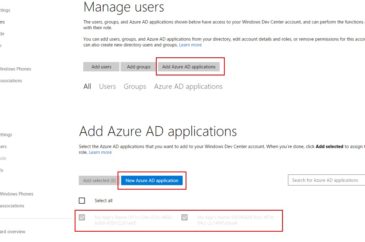
Beginning Statistics for Data Science: Analyzing Data
In our last post we discussed different types your data can have. Now let’s focus on how to analyze on those types of data. Python code will be used to demonstrate a few of these concepts. To get things start in regards to the Python code, let’s go ahead and import our packages and review…



